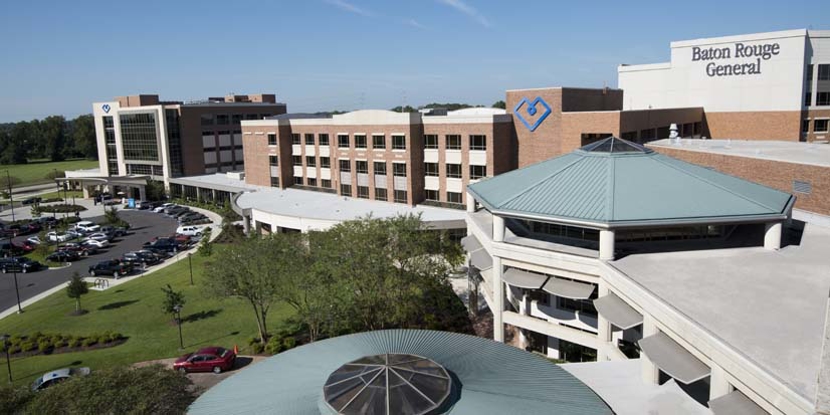Resources and Support
After surgery, the journey really begins. Physical rehabilitation is so important on your road to a healthy and full recovery, and it begins while you are still in the hospital. Our physical and occupational therapists will get you out of bed and moving again the day after surgery to take you through the stretches and exercises that will help you regain your range of motion and resume normal activities as quickly as possible. Before you leave, our care team will work with you and your family to decide whether you will go home with Home Health Care or to inpatient rehabilitation. Your medical social worker or inpatient case manager will help arrange these services for you.
Rehabilitation
Outpatient Rehabilitation
Most patients benefit from continuing therapy after they have left the hospital. Our therapists will evaluate your progress over time, helping you toward your goal every step of the way. You will likely spend at least two days each week in therapy until your goals have been achieved.
Click here to learn more about outpatient rehabilitation.
Inpatient Rehabilitation
After surgery, orthopedic patients with complex conditions (orthopedic trauma, bilateral joint replacement, etc.) may meet criteria for needing a more intense rehabilitation. For these patients, we are equipped for therapy in a more intimate inpatient setting.
Click here to learn more about inpatient rehabilitation.
Home Health
Home Health Care teams usually include a skilled nurse and a physical therapist. Depending on your needs, an occupational therapist and home health aide may be added to your services.
Click here to learn more about home health options.
Skilled Care
If you are in recovery for a joint replacement and aren’t quite ready to go home, our Skilled Care area gives you a higher level of professional clinical care than you would receive at home. Skilled Care is for less critical patients and allows you needed time with physicians, physical therapists, and other clinicians.
Click here to learn more about skilled care.
Safety and Avoiding Falls
Once you have a new joint, you’ll want to keep it safe and sound! Check out your house before surgery and consider the following suggestions to make your return home easier and injury-free:
- Wear nonskid footwear. Slippers should have a back and a rubber sole to provide the best traction when walking.
- Remove obstacles like rugs, electrical cords and clutter. Be mindful of small pets and uneven floor surfaces.
- Make sure your home has adequate lighting in all areas. Use night lights and flashlights, especially in hallways and bathrooms.
- Use elevated seating surfaces if needed.
- Use chairs with armrests to help you get up and down.
- Stand up slowly from a sitting position in case you become dizzy.
- Change positions frequently to help avoid stiffness.



